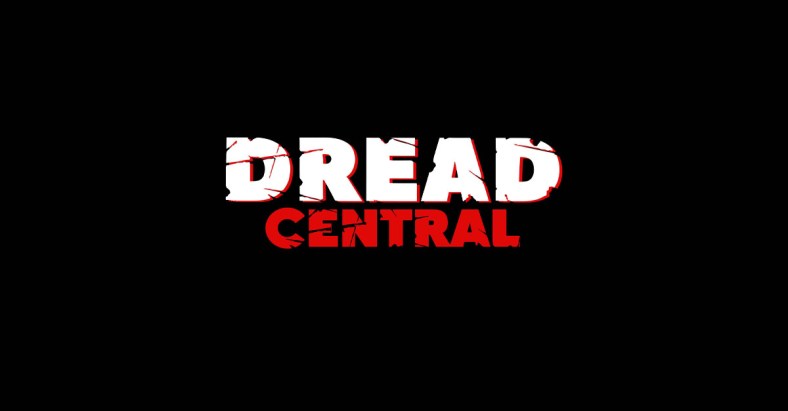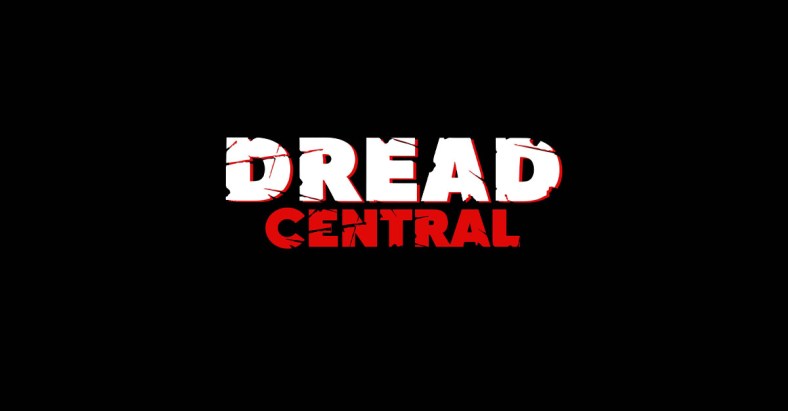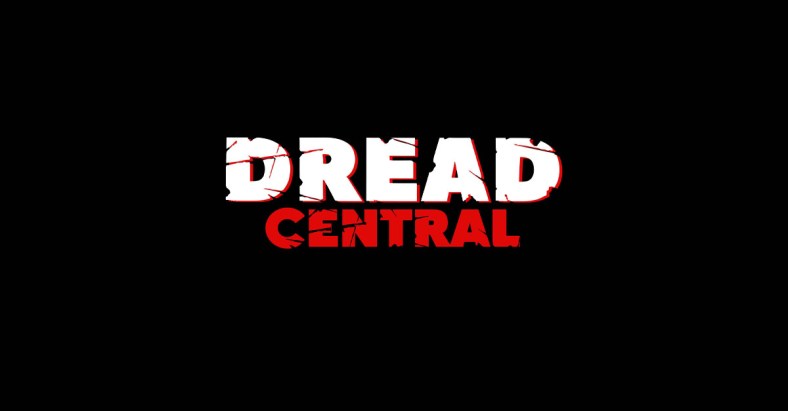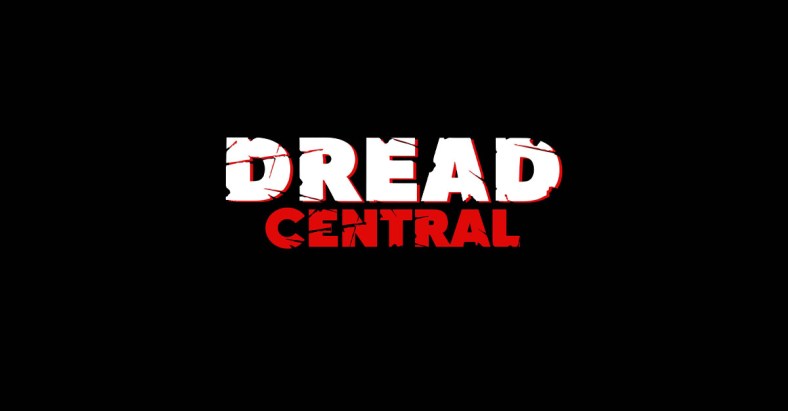5 Fun Questions for Jared Masters – Exclusive Ballet of Blood Interview

Writer-director Jared Masters, known for his critically-acclaimed and award-winning feature films, including Slink (2013), Teachers’ Day (2014), and Punkettes (2014), is coming out with an all-new, all-gory exploitation flick called Ballet of Blood. It’s currently in production, and we’ve got the first look at some exclusive photos. We also had a talk with Masters on how he’s shooting and shaping the film.
Dread Central: When a horror film featuring diabolical dancers in a school of ballet is, er, afoot, horror fans immediately think: Suspiria. Is that a connection you want made?
Jared Masters: That has been a title that has come up. I’ve seen the film and enjoyed it; I like the colors, the gels they used. They’ll start on a red part of the room and pan to a green part of the room. This is interesting lighting to me, and we’re using gels similar. Suspiria also touches on the occult, which may seem similar. I’m currently toying with the idea of having the ballerinas go through some ritual to become a ballerina in my story, but it would be a scene added. There’s not much in the script that discusses such matters, as of now, but the shooting script is constantly changing. I don’t think Ballet of Blood is that similar to Suspiria… I may have taken some inspiration from director Dario Argento, but more so Jess Franco films like Female Vampire (1973) and Eugenie… the Story of Her Journey Into Perversion (1970).

DC: I understand you’re a fan of old school exploitation. So are lots of horror writers and directors, but usually they only do broad-stroke homages or they don’t quite capture that era’s look and feel. So please explain what you’re doing to get that essence.
JM: Interesting question… there are other filmmakers today inspired by and attempting to re-create that look. I did it mostly with my first couple films (which were period pieces) – Climb It, Tarzan (2011), and 8 Reels of Sewage (2012). With the latter we added a grind look, not by adding digital grind available in editing programs, but we used our own blank 16mm film, filmed it projected on a white screen, and then layered it over the video to get that trashy look. It hurts a little to see other filmmakers attempt this when they go overboard. Less is more, but as I’ve matured as a director, I seem to find that it seems counter-creative to add film clutter to HD content, which is what some are doing. It’s an oxymoron maneuver. As far as acting, sets, and camera work goes, most filmmakers haven’t established a sense of what I call ‘Camp Aesthetic.’ There is that charm of low budget B-movies of the Sixties I love. It’s the pure and peppy bad acting that evokes euphoria in the viewer if done effectively and consistently. This is why I like casting inexperienced actors; they usually are awkward on camera, which can provide a visual treat. A lot of times I have to tell them to ham it up or bring up the energy because most actors want to look calm and cool onscreen, and it’s my job to break them of that habit because being laid back in every scene doesn’t demand the attention of the audience. We are shooting on the Black Magic Cinema Camera with vintage lenses in a widescreen format. My last two films were shot in full-screen, which I like, it adds to the B-movie feel, but the 2.35 ratio is the widest I’ve done yet, and it feels right for Ballet of Blood. I like zooming, punching in on a character’s reactions. I also like doing everything hand-held because no one is ever completely still; the world is always turning so why should a camera be stuck to the floor? Ballet of Blood is set in present day Los Angeles, but I still like to incorporate vintage styles and props because it just looks better and is an escape from the average items we have to look at daily. So I seem to now be making hybrid films, a blend of modern day and 60’s mod. All in all, I have found that the main goal is to make a fast-paced, entertaining picture; the influences will come naturally, and to focus too much on “the look” of old-school obscure cinema can distract from your story, which, they say, should be the main factor.
DC: Who, or what, are some of your influences as a writer-director?
JM: Doris Wishman is my favorite; she made 30 films, most of them shot in her apartment in New York. She made me realize you didn’t need studios to back you or a budget to make a good picture. I grew up watching “The Three Stooges,” “Gilligan’s Island,” Indiana Jones, Terminator 2, Night at the Roxbury, Ace Ventura… It wasn’t until 2009 that I got bit by the ‘Exploitation Bug’ after watching Nude on the Moon. I really like Russ Meyer, Barry Mahon, Jack Hill, Joe Sarno, to name a few. I have always liked circus arts and learned how to ride a unicycle in hopes of joining a circus. After learning about sideshow arts, I became fascinated by freak shows and their history. Freaks (1932) and She Freak (1967) really inspired me. I spent the summer of 2009 filming the freak shows in Coney Island and produced the 19-minute documentary Meet the Freaks at Dreamland.

DC: I know the movie is in production and you probably don’t want to give too much away, but can you expand on the short synopsis? Two drugged and psychotic dancers… who drugged them? How did these two psychotic women find each other? Do they have a murder M.O.?
JM: It starts off with a ballerina attack on the company by Nisa (Sydney Raye). She injures the prima and flees; meanwhile her friend Ria (Jessica Knopf) is being held on suspicion of conspiracy because she may have given Nisa her father’s gun. Dance class goes on without them, and the youngest dancer starts writing a novel inspired by what happened. Soon the novel parallels real life, and whatever she writes is what’s happening. Ria escapes from the ward, Nisa finds her, and together they take drugs and plan a massacre on their ballet school – for prior torment and money in the safe to finance their escape to Mexico – but there is no main motive for their assault, as is the case in most massacres…
DC: What’s the ultimate plan for Ballet of Blood, and what sort of audience do you think will dig it? I’m assuming it’s rated R?
JM: The plan is to finish photography in the next few weeks, cut it, submit it to festivals, and premiere it in Hollywood while the distributors are planning its execution to the public. I’ve always hoped my films would appeal to wide audiences and not just the niche crowd; I want to appeal to today’s youth as well as seasoned cinema lovers. I want to set a trend instead of follow one, and I think Ballet of Blood will do just that. It’s going to be a one-of-a-kind motion picture.


Categorized:News

